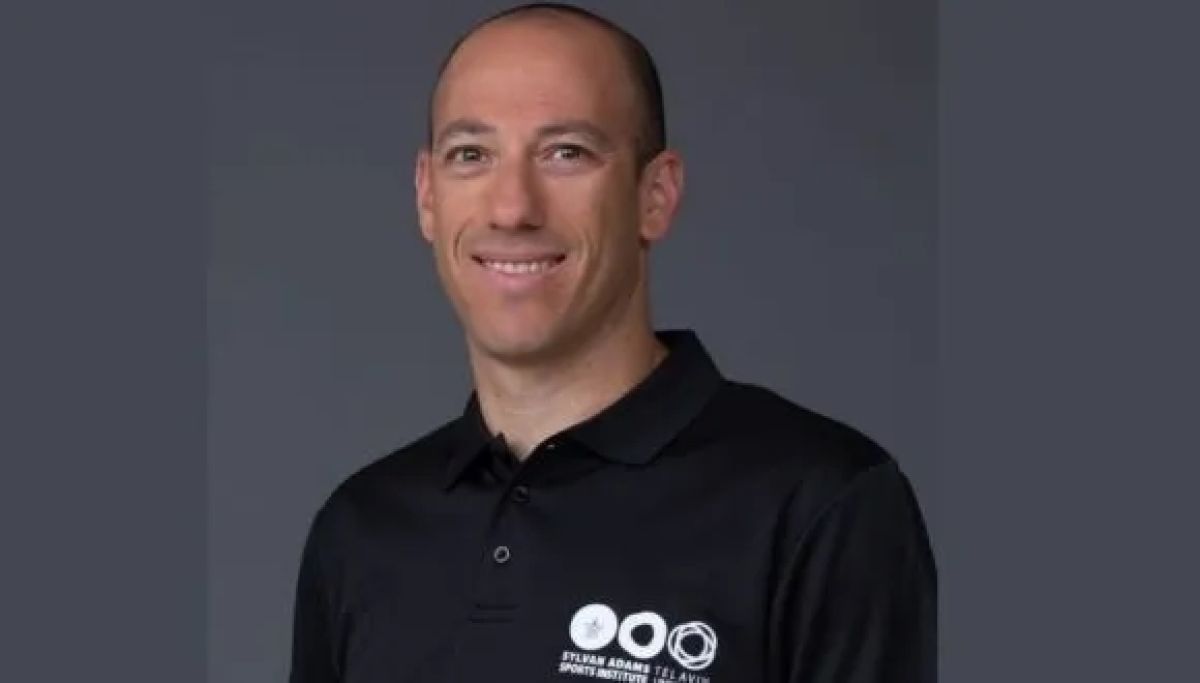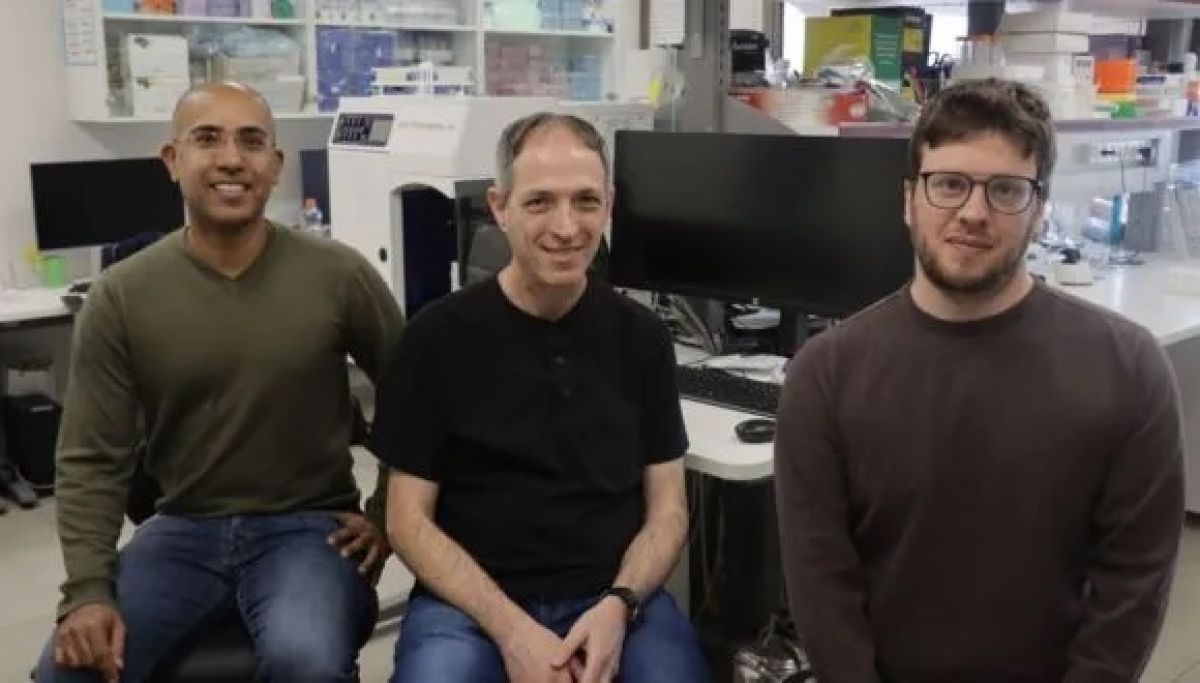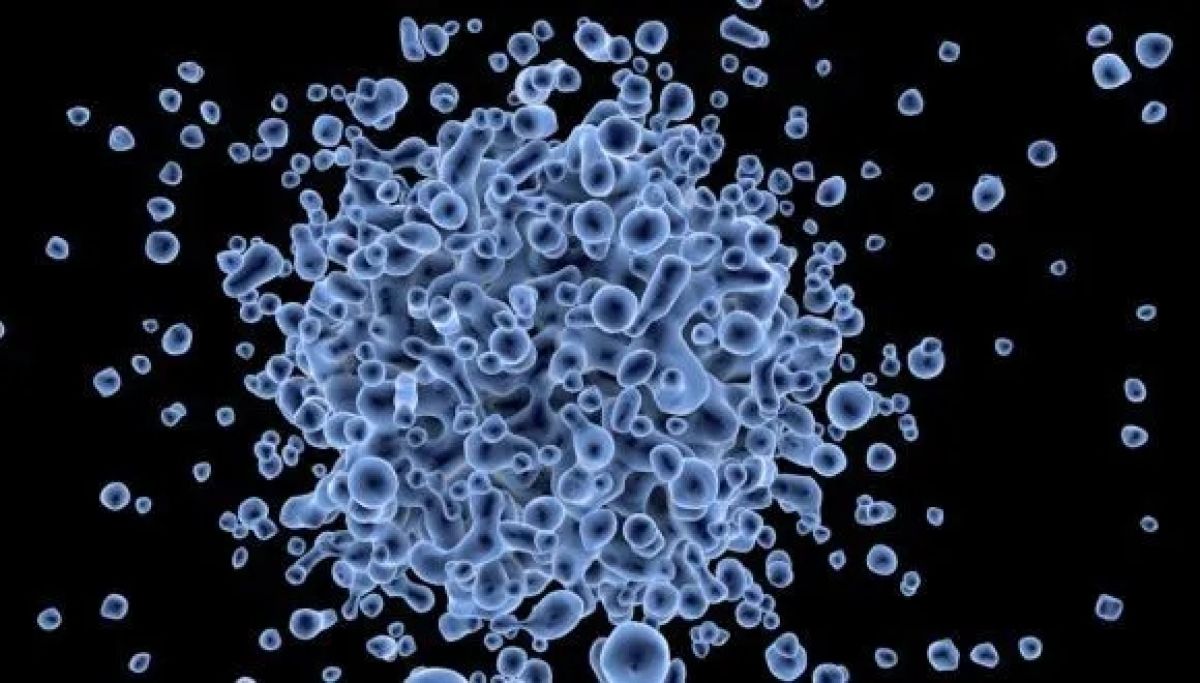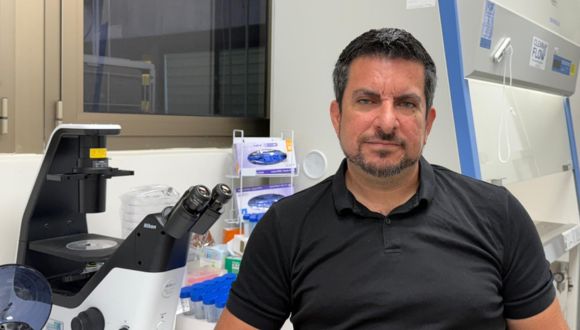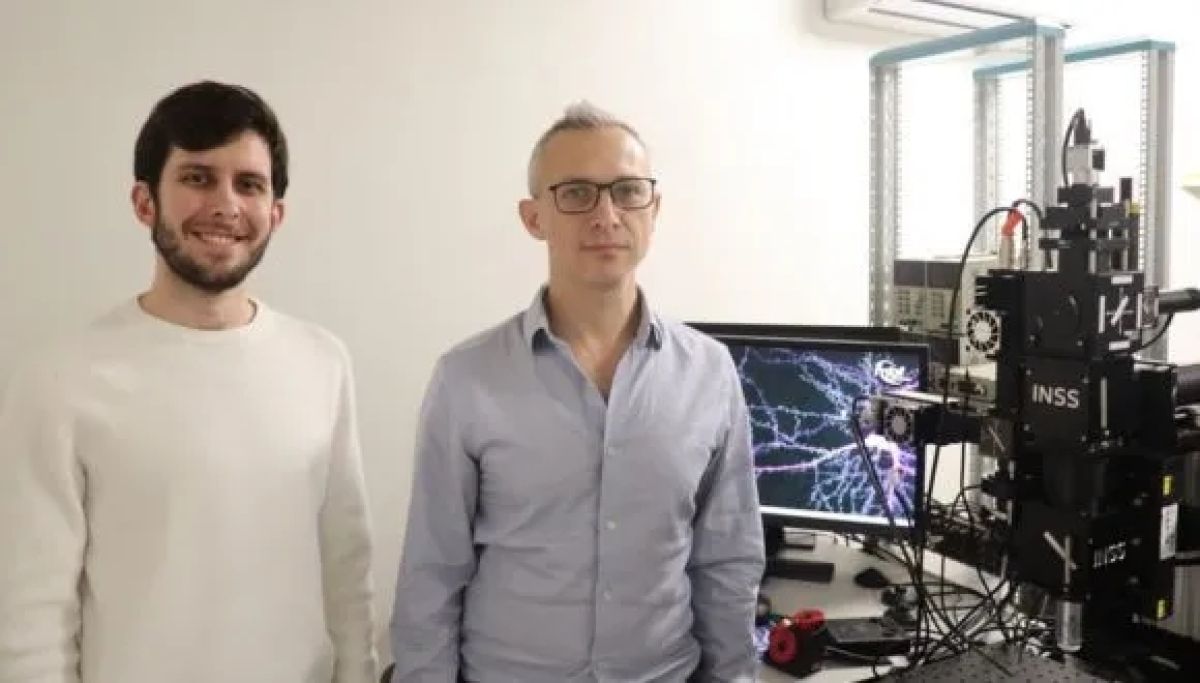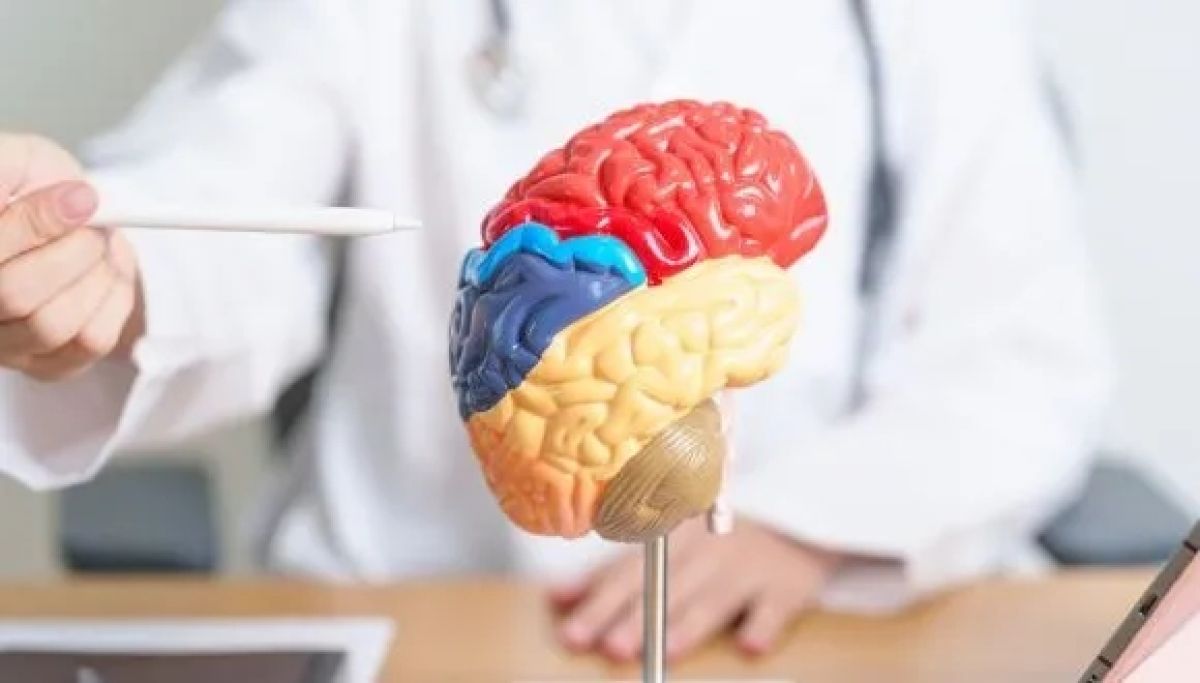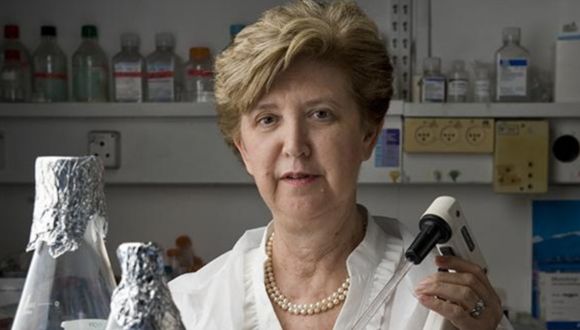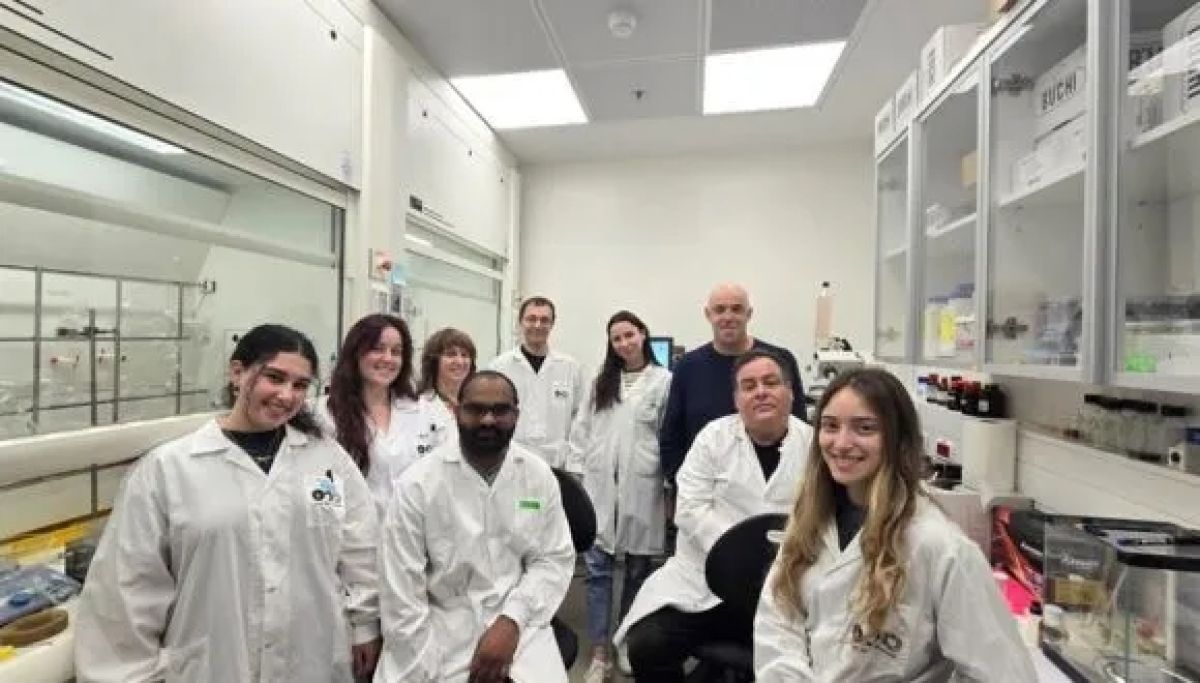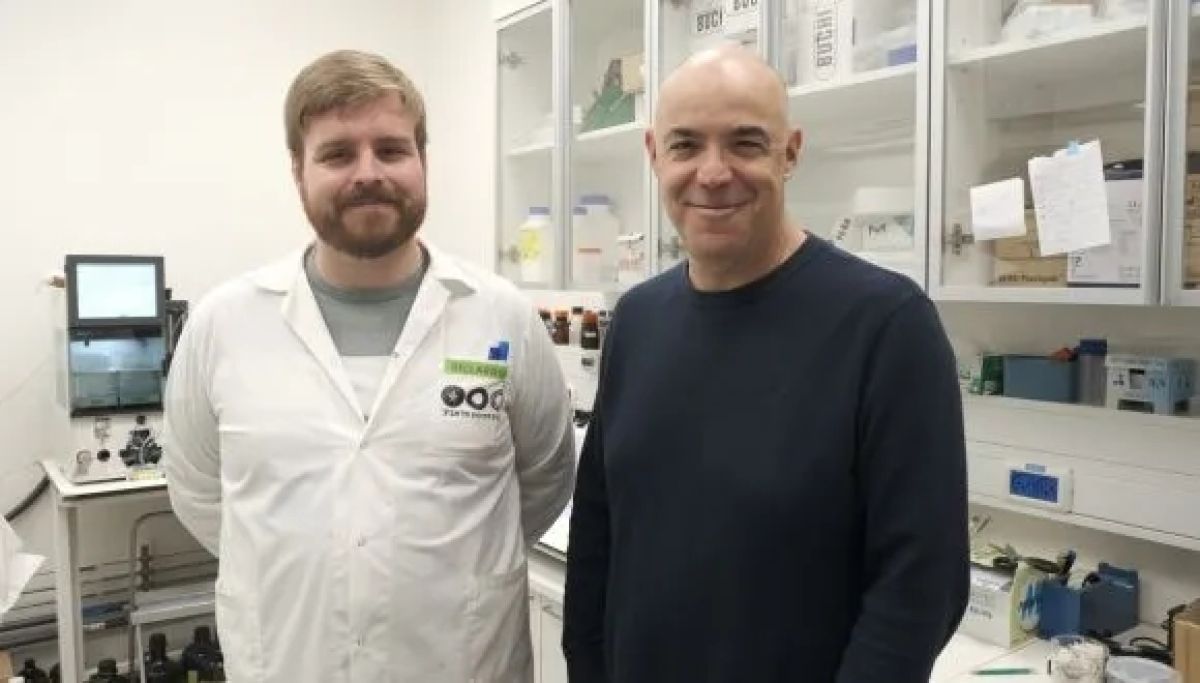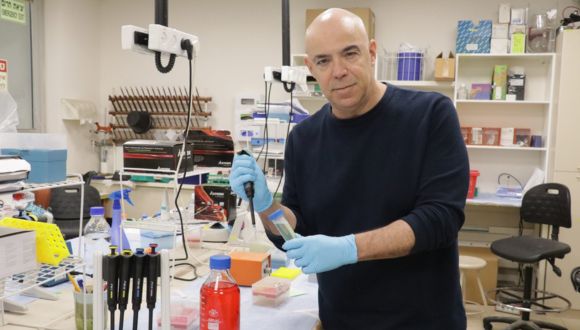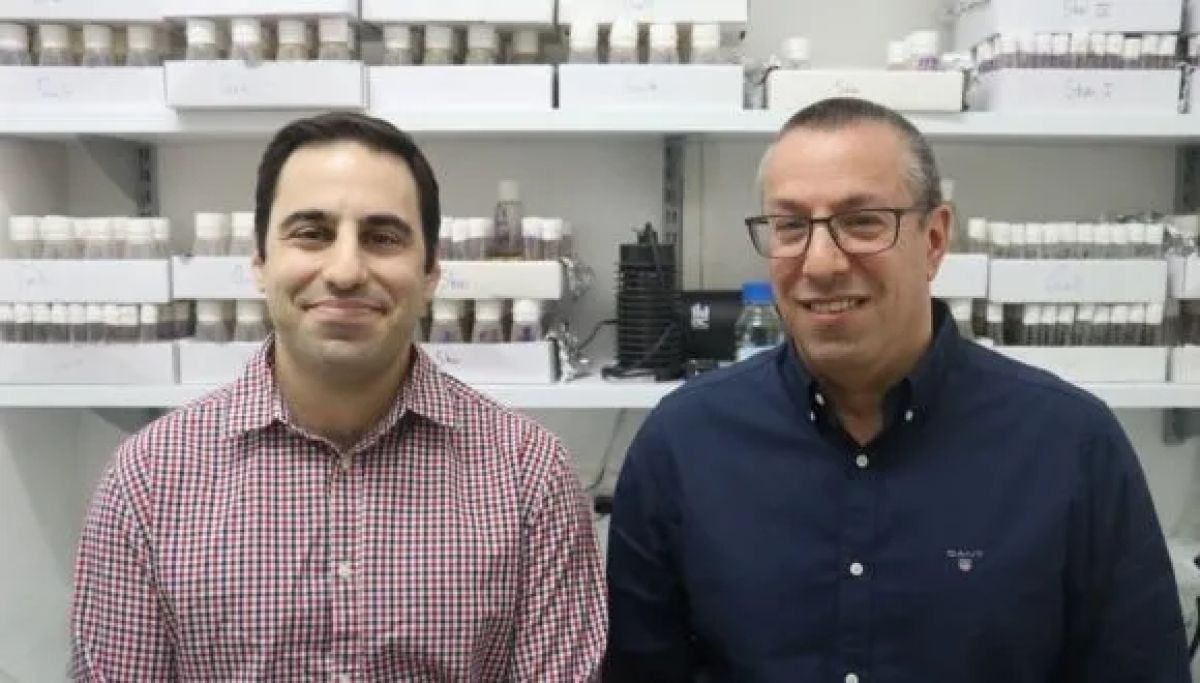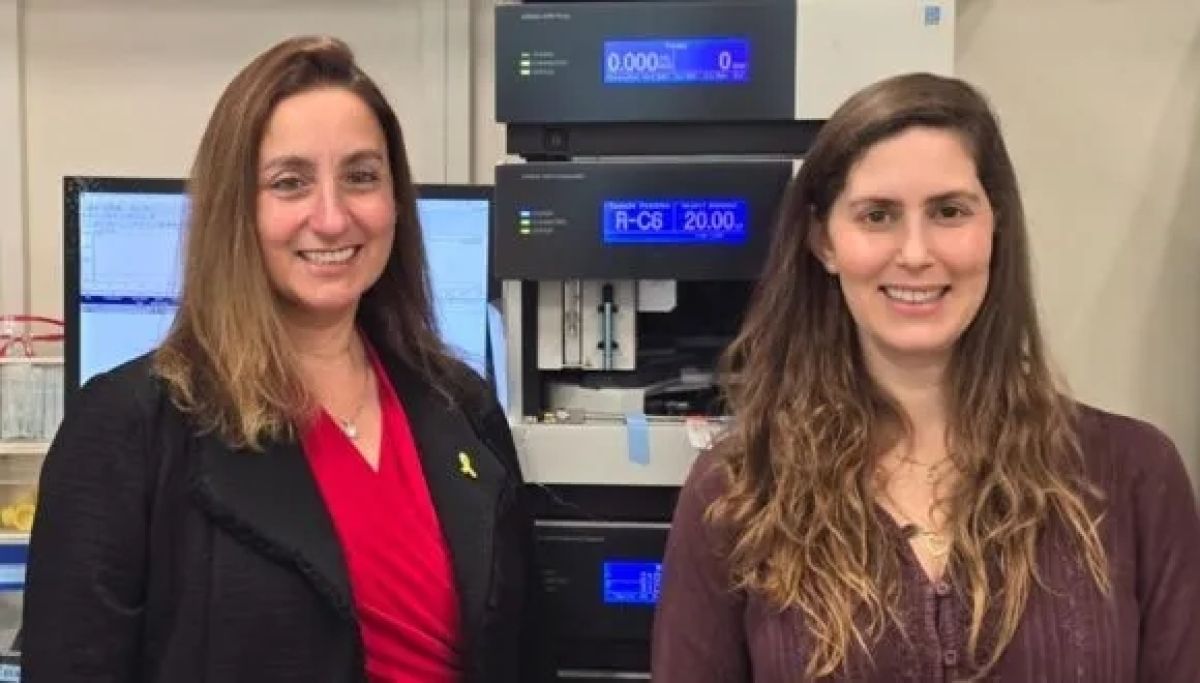Can AI Help Doctors Make Better Diagnoses?
A new TAU study explores how accurate AI can be when assisting with diagnoses in virtual urgent care.
A new study led by Prof. Dan Zeltzer, a digital health expert from the Berglas School of Economics at Tel Aviv University, compared the quality of diagnostic and treatment recommendations made by artificial intelligence (AI) and physicians at Cedars-Sinai Connect, a virtual urgent care clinic in Los Angeles, operated in collaboration with Israeli startup K Health. The paper was published in Annals of Internal Medicine and presented at the annual conference of the American College of Physicians (ACP). This work was supported by funding from K Health.
AI vs. Physicians in Virtual Care
Prof. Zeltzer explains: “Cedars-Sinai operates a virtual urgent care clinic offering telemedical consultations with physicians specializing in family and emergency care. Recently, an AI system was integrated into the clinic—an algorithm based on machine learning that conducts initial intake through a dedicated chat incorporates data from the patient’s medical record and provides the attending physician with detailed diagnostic and treatment suggestions at the start of the visit -including prescriptions, tests, and referrals. After interacting with the algorithm, patients proceed to a video visit with a physician who ultimately determines the diagnosis and treatment. To ensure reliable AI recommendations, the algorithm—trained on medical records from millions of cases—only offers suggestions when its confidence level is high, not recommending about one out of five cases. In this study, we compared the quality of the AI system’s recommendations with the physicians’ actual decisions in the clinic”.

Prof. Dan Zeltzer (Photo courtesy of Richard Haldis).
The researchers examined a sample of 461 online clinic visits over one month during the summer of 2024. The study focused on adult patients with relatively common symptoms—respiratory, urinary, eye, vaginal and dental. In all visits reviewed, patients were initially assessed by the algorithm, which provided recommendations, and then treated by a physician in a video consultation. Afterward, all recommendations—from both the algorithm and the physicians—were evaluated by a panel of four doctors with at least ten years of clinical experience, who rated each recommendation on a four-point scale: optimal, reasonable, inadequate, or potentially harmful. The evaluators assessed the recommendations based on the patient’s medical history, the information collected during the visit, and transcripts of the video consultations.
AI Proves More Accurate Than Physicians in Study
The compiled ratings led to interesting conclusions: AI recommendations were rated as optimal in 77% of cases, compared to only 67% of the physicians’ decisions; at the other end of the scale, AI recommendations were rated as potentially harmful in a smaller portion of cases than physicians’ decisions (2.8% of AI recommendations versus 4.6% of physicians’ decisions). In 68% of the cases, the AI and the physician received the same score; in 21% of cases, the algorithm scored higher than the physician; and in 11% of cases, the physician’s decision was considered better.
The explanations provided by the evaluators for the differences in ratings highlight several advantages of the AI system over human physicians: First, the AI more strictly adheres to medical association guidelines—for example, not prescribing antibiotics for a viral infection; second, AI more comprehensively identifies relevant information in the medical record—such as recurrent cases of a similar infection that may influence the appropriate course of treatment; and third, AI more precisely identifies symptoms that could indicate a more serious condition, such as eye pain reported by a contact lens wearer, which could signal an infection. Physicians, on the other hand, are more flexible than the algorithm and have an advantage in assessing the patient’s actual condition. For example, if a COVID-19 patient reports shortness of breath, a doctor may recognize it as relatively mild respiratory congestion, whereas the AI, based solely on the patient’s answers, might refer them unnecessarily to the emergency room.
A Step Closer to Supporting Doctors
Prof. Zeltzer concludes: “In this study, we found that AI, based on a targeted intake process, can provide diagnostic and treatment recommendations that are, in many cases, more accurate than those made by physicians. One limitation of the study is that we do not know which physicians reviewed the AI’s recommendations in the available chart, or to what extent they relied on the recommendations. Thus, the study only measured the accuracy of the algorithm’s recommendations and not their impact on the physicians. The study’s uniqueness lies in the fact that it tested the algorithm in a real-world setting with actual cases, while most studies focus on examples from certification exams or textbooks. The relatively common conditions included in our study represent about two-thirds of the clinic’s case volume, thus the findings can be meaningful for assessing AI’s readiness to serve as a decision-support tool in medical practice. We can envision a near future in which algorithms assist in an increasing portion of medical decisions, bringing certain data to the doctor’s attention, and facilitating faster decisions with fewer human errors. Of course, many questions remain about the best way to implement AI in the diagnostic and treatment process, as well as the optimal integration between human expertise and artificial intelligence in medicine”.
Other authors involved in the study include Zehavi Kugler, MD; Lior Hayat, MD; Tamar Brufman, MD; Ran Ilan Ber, PhD; Keren Leibovich, PhD; Tom Beer, MSc; and Ilan Frank, MSc. Caroline Goldzweig, MD MSHS, and Joshua Pevnick, MD, MSHS.


